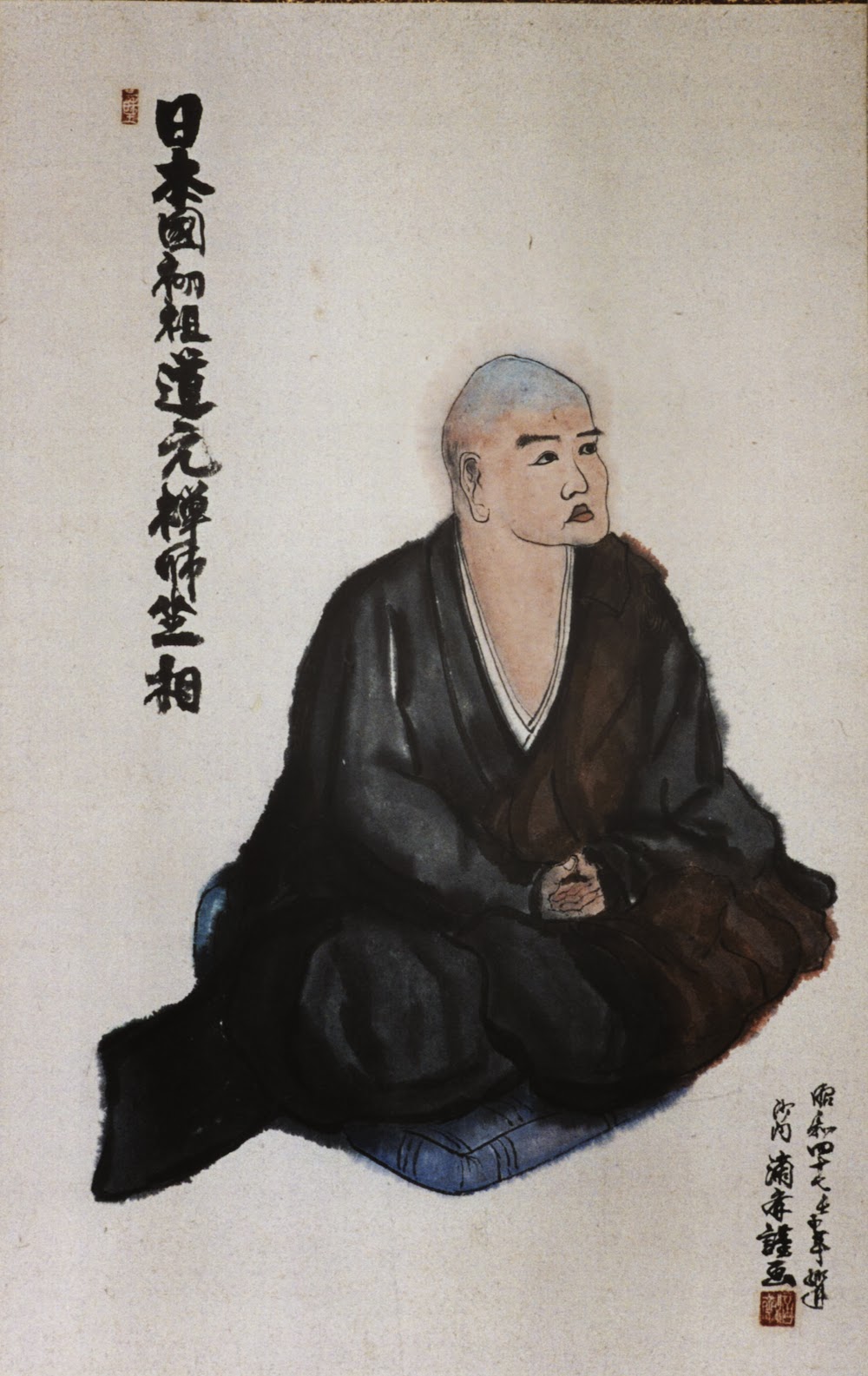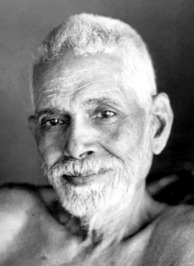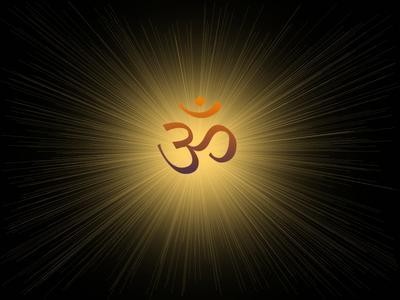insight
The path of insight or direct seeing
Is there a specific method of purification for a rajasic (passionate) mind post-insight?
The Two Wings of the Teaching
Essential teachings for liberation: we need a ‘double teaching’ as we suffer from ‘double ignorance’| The ‘two wings’ of the teaching | Buddhism | Vedanta

A ‘Double Ignorance’
We need a ‘double teaching’ as we suffer from a ‘double ignorance’. We could say the teaching has two wings to it, one for each aspect of ignorance. Let me explain: you could say ignorance has 2 steps:
Ignorance step (1) – Structural Ignorance: identifying as this or that. This creates a false notion of self, also known as ego or the jiva. This is also known as a limiting belief or identifying as being a limited entity. The most common form this identification takes is the thought-concept ‘I am the body-mind’. ie. we take the body-mind to be our primary identity. This limited identity is the ego or jiva.
Ignorance step (2) – Functional Ignorance: that ego/jiva, sensing it is limited, vulnerable and incomplete, then seeks pleasure and security in the world of objects. This seeking tendency eventually becomes ingrained and habitual and these habitual egoic tendencies are known as vasanas in Sanskrit.
In Step (1) we create the structure or form of the ego, namely ‘I am the body-mind’. Step (2) represents the movement or function of the ego in which the body-mind entity then goes on to seek security, pleasure, as so on, and is also afraid of death, misfortune, ill health, etc, and so suffers.
So we have described the ego’s form (1) and function (2), or its structure (1) and movement (2).
A ‘Double Teaching’
Each of these aspects of ignorance usually have to be tackled and resolved, so there are two aspects or ‘wings’ of the teaching. Most teachings that one comes across usually focuses only on one of these two wings. This is because on a practical level it is more difficult to teach both together, and many are unaware of how these two aspects of the teaching fit together. But when we do bring both together, the teachings tends to be much more potent in actually pointing the way directly to Moksha/liberation.
So, what are the two aspects of the teaching? Structural ignorance (1) is rectified by insight or knowledge teachings, and functional ignorance (2) is resolved by purification teachings.
Insight teachings basically point out the belief ‘I am a body-mind’ is a false limiting belief. When seen, the illusion of separation and doership naturally fall away. Insight is also known as knowledge, gnosis or realisation
So why do we need the purification teachings then? Well, for most, due to the strong habitual tendencies to identify as a body-mind, the ‘I am the body-mind’ concept keeps on arising and egotism is continued. Without a spiritual practice to remove this habitual ignorance the egotism usually quickly returns and with it suffering also returns.
Insight Teachings
Examples of Insight Teachings
Insight teachings include negating teachings such as ‘You are not the body-mind’ and ‘You are not the doer’. Sometimes they take on affirming forms such as ‘You are That’ or ‘You are Brahman’ or ‘You are Pure Consciousness’, etc.
In order for insight teachings to work, usually the mind needs to be relatively calm so that there is enough mental space for the insight to arise through an in-seeing into the nature of every-day experience. Therefore it can be useful to practice calming or purification practices prior to insight.
Limitations of Insight Teachings
Insight teachings by themselves, which tend to be spoken or written teachings or ‘pointers’, can be very freeing but usually do not lead to full realisation/liberation unless the egoic vasanas/tendencies are already very much diminished. Usually, whilst insight is present all is apparently well, but then though daily life the egoic vasanas rear their head and wreak havoc. This leads to flip-flopping in which one alternately seems to ‘get it’ then ‘lose it’. For most, without purification, the insight remains fairly superficial on the level of the mind. I regularly come across many seekers in this predicament, where suffering continues and the approach is predominantly intellectual. What is required is purification, usually devotion, surrender, mantra and prayer – all the things that the stereotypical ‘western rational mind’ is often repelled by.
Purification Teachings
Examples of Purification Teachings
I have spoken and written about this more extensively elsewhere (eg. here and here) but these are essentially practices that calm the mind and reduce seeking, agitation, addiction and other egoic tendencies. From a more traditional perspective the cardinal purification teachings are devotion, prayer, gratitude, mantra recitation, meditation, hatha yoga and other things such as mindfulness practice and adopting a health diet and lifestyle. Simpler forms of purification are simply to relax, be still, accept whatever happens, surrender practices, etc, etc.
Now one could argue that these are essentially dualistic practices (which they are) and they rely on a sense of doership (which they do, at least initially). These are both worthy points and I address them here: Are spiritual teachings prescriptions or descriptions? Sudden vs. gradual teachings
Purification teachings enhance the ability of insight and also allow insight to deepen and be more stable. Therefore traditionally devotion, mantra recitation, yoga and meditation are all considered to be essential foundational practices to purify the mind and enhance the ability of Self-Realisation to occur. Similarly, purification is usually limited without insight. ie. unless the belief ‘I am the body-mind’ is removed, purification will not be as effective. This is because it is this limiting ‘I and the body-mind’ belief that gives rise to the sense of incompleteness and vulnerability that fuels these egoic tendencies.
Limitations of Purification
Like insight-only teachings, purification-only teachings, which tend to be practices, can be very freeing of themselves. Unless the sense of being a limited entity (ie. structural ignorance) is already very weak, purification alone tends not to lead to liberation. This is because the limiting notion ‘I am the body’ goes unchecked and perpetuates itself.
Traditional Teachings
In Buddhism
I have written an article on how these teachings function in several Buddhist schools here: Buddhism: How enlightenment happens
In Hinduism (Vedanta)
In Vedanta, these two aspects of ignorance are known as the two Shaktis (energies or powers) of Maya:
1. Avarana Shakti – also known as Avriti Shakti, this is the veiling energy of Maya which prevents us from knowing ourselves as limitless Brahman. We therefore adopt a limited notion, namely ‘I am the body-mind’. Avarana Shakti keeps us from discovering our true nature and shedding this wrong knowledge or ignorance. It is related to Tamoguna. You can see that this is another way of talking about what I call Structural Ignorance above, but in a slightly different way.
2. Vikshepa Shakti – this is the projecting power of Maya. Once Avarana Shakti has veiled our true identity as Limitless Brahman and we (seemingly) take on the limited identity of the body-mind, the Vikshepa Shakti projects forth a body, mind and world in which the limited body-mind (ie. ego or jiva) can roam, seek, fear and suffer. It is related to Rajoguna. I hope you can see how this notion is related to what I call Functional Ignorance above.
In Shankara’s Vivekachudamani (see here for a summary by Ramana Maharshi), a full teaching is given that explains the above shakti’s: in the first portion of the text the knowledge teachings are explained and in the latter portion the focus is on meditation or nididhyasana. I also talk about this more here: False Enlightenment.
Is there really a double ignorance?
If you look closely, these two aspects of ignorance are deeply related and are not separate at all. Most seekers will tend towards either knowledge or purification in the first instance, and only when some headway is gained on that particular aspect of the teaching will they intuitively be drawn to the other less-explored aspect of the teaching
So, in practical terms what should I do?
Essentially, follow your heart – it will guide you. You will know, if you listen to that ‘voiceless voice’ within what teaching is right for you right now. Perhaps you need to listen to a teacher or read more. Perhaps you need to practice devotion or surrender. Perhaps both. If you remain truly open in both heart and mind and do not overly cling to fixed conceptual views, your Heart will lead you home and attract/bring into your experience exactly what you need.
That said, as a general rule, I encourage regular attendance to Satsang or a similar meeting in which these teachings are repeatedly given. The mind is resistant and egotism/ignorance is deeply ingrained in most, and so regular contact with a teacher you resonate with is usually very important. This alone can save many months or years of erroneously seeking in the wrong direction. In just a few conversations with seekers I have often been able to quickly point them in the right direction in a matter of minutes after having had a real-time interaction with them, although obviously this is not always the case. Please see my meetings page if you are interested in attended an Online Meeting or In-Person meeting with myself.
Devotional practices and mantra recitation can both be extremely powerful. I often call them spiritual bulldozers as they are able to plough their way through years and years of egoic vasanas with relative ease compared to insight style teachings in many cases. My experience is that many with a Western scientific mindset (which in many ways is my own background) do not readily resonate with these practices, especially if they have had negative experiences of organised religion. However, there are ways these practices can be explained to allow even fairly atheist seekers benefit from these teachings.
Lastly meditation and stillness are also usually essential for the teachings to penetrate the deeper layers of the body-mind and root out egotism/ignorance at a deep energetic non-verbal level.
Summary and Ego Tricks
One trick I have noticed the ego-mind does is that is tries to avoid the above by use of clever reasoning. Whilst sometimes this logic is reasonable and sound, in most cases it is the ego trying to perpetuate itself and claim knowledge and experience for itself.
Sometimes the mind will say ‘I do not need to attend Satsang as I know everything that will be said’. I met someone for a 1 to 1 just recently who had heard and read all the teachings multiple times and was growing weary of it all. They felt there was no point to asking further questions, but on some level knew that there was something missing. Through a direct interaction we were quickly able to see where the sticking points were. This was only possible as the seeker in question was open to this possibility and maintained contact and dialogue with me even though their mind was saying ‘I know all this already’. The seeker was also open to their heart which guided them, in their case, to arrange a 1 to 1 with me.
In summary, listen to your heart with an open mind. The True Guru is Within. For most, having a teacher is essential. Consider listening to knowledge teachings (eg. attending satsang), and undertaking devotional practices, mantra recitation and silence/ meditation.
Best wishes!
The fusion of 2 paths: practice and insight; Dogen; Ramana Maharshi
 When we engage with egoic thoughts, we suffer. All egoic thought assumes the existence of a separate ‘me’ and aims to deliver pleasure, security or fulfilment to that ‘me’.
When we engage with egoic thoughts, we suffer. All egoic thought assumes the existence of a separate ‘me’ and aims to deliver pleasure, security or fulfilment to that ‘me’.
By simply seeing that thoughts themselves are empty arisings with no intrinsic self, and that they are non-separate from ordinary awareness which in essence is ever-unchanged, we have spontaneously transcended them. In that moment, suffering is no more. This is the way of INSIGHT.
Alternatively, we can simply ignore the thoughts. Sometimes it can be useful to focus on something else such as the breath, a mantra, the sense of presence, etc, in order to distract us from the thoughts. This is the path of PRACTICE. It is a coarser path, as the notion of ‘me’ as the practitioner is still subtly present, but for most of us PRACTICE is required during much

of our spiritual journey as the habitual tendencies are too strong and deeply ingrained to be abated by pure insight practice alone. Once through PRACTICE the thoughts become less strongly ingrained, INSIGHT becomes the more predominant focus of the path, eventually becoming spontaneous.
Often, PRACTICE and INSIGHT will go together, sometimes alternating, depending what is happening and what is required. Ultimately they fuse, as indicated by teachings such as ‘Be still’ or ‘Be as you are’ (Ramana Maharshi) and ‘Just sitting’ (Dogen), in which spontaneous non-egoic non-volitional INSIGHT-PRACTICE is implied.
The paradoxial thing is that throughout all of this, all there is is INSIGHT. There is no ‘me’, and there never was. Everything is LIGHT. Experientially, that is all there is!
The path of insight

Take the time to presently notice your thoughts without judging or suppressing them. Then, gently, question the underlying motivation and reason behind the thoughts. You will see that most of your thoughts, perhaps, are egoic, that is they are geared towards finding fulfilment and pleasure through subtle and gross objects and experiences.
But where do you need to go to find deep lasting peace? Is it to be found elsewhere? Or is it right here and now, fully manifest when this egoic movement is no longer in effect?
This is the path of insight, which, over time, leads to a natural unforced non-egoic stillness.
A simple and highly effective spiritual practice: self-enquiry and vipassana

Variations of this practice are found in both Buddhism and Vedanta, and it is so simple yet highly effective, so without further delay:
- Sit in a comfortable position
- Relax. Maybe focus on your breath, think nice thoughts, forget about your day, whatever works for you.
- Once relaxed allow your focus to come to your direct present experience
- Come into contact with your sense of ‘me’ or ‘I’. Where is this sense located? How does it feel? Perhaps it is in the head or in the chest? Perhaps it is behind the eyes?
- Now the important part: notice and realise that this sense of ‘me’ is seen, ie. it is an object of perception, and not ‘that which sees’, the subject, otherwise know as ‘you’.
- If you don’t get part (5), then think about it for a bit, as that is the key part of the practice. Please note that this is not about some philosophical notion of self or true self, so don’t worry if you don’t quite agree with the conceptual aspects of this practice. Do it anyway, as it has practical value in allowing us to break free of this parasite-of-habit, the ‘I’ or ‘me’.
- Rest in un-attached awareness devoid of a ‘me’.
- If the sense of a ‘me’ comes up again, take time to feel and get to know it, then go back to (5) – realise that this sense of ‘me’ is seen, it is an object, and so it is not ‘you’.
- Rest in un-attached awareness devoid of a ‘me’.
- As we rest here, the attachment to a ‘me’ gradually over time reduces, so this practice has an effect in both giving and strengthening insight (into no-self) and removal of the habitual tendency (vasana) to identify as a me. For more on this see here.
Q. How can one control the mind? Simple English please!

Q. Dear Tom, I hope you are well. How can one control the mind? Simple English please!
Tom: There are basically two ways of doing this. First of all by various practices to calm the mind and generate peace, of which there are different types (see the link below). Secondly by insight, which means seeing that there is no mind, or no thinker/doer entity, only a spontaneous succession of thoughts.
These two methods usually work together in tandem, like a virtuous circle, one helping the other which in turn helps the other, and so on.
Insight alone is usually not stable and leads to an ‘enlightenment’ that comes and goes, and calm/peace alone is not ultimately liberating, as peace also comes and goes. Both of these alone are not ultimately satisfactory. However the two together usually work wonderfully well.
I’ve written some blog posts here that goes into a bit more detail about some of this, so please take your time to read through these if you want to:
Roadmap to enlightenment: a (fairly) comprehensive guide to spiritual practices
Manifesting awakening in everyday life: purification and insight
My awakening does not last. Why?
A flash of insight alone is not enough for most. It results in an ‘awakening’ that may stick around for a while, but eventually it flickers, coming and going, switching ‘on and off’ and causing its own suffering.
In order for the insight/enlightenment to become stable, a process to weaken and remove the habitual tendency to identify as a ‘self’ is usually required.
And even that may not be enough. Even the book reading and understanding of the path may not suffice. Why? Because the mind is ridden with ignorance, this sense of ‘me’, it often trips itself up unknowingly, despite its best efforts, perpetuating suffering for many years to come.
Hence the potential importance of a teacher who embodies the teaching. Here doubts and methods can often be cleared up in a flash (or maybe a fizzle!).
My next satsang/meeting is in Kingston upon Thames, UK tomorrow (Thursday) 7pm. Please come along if it feels right for you. See link below for how to join.
The week after will be an ONLINE meeting which is open to people who live both in the UK and elsewhere. Details are on the same link.
Wishing you peace ![]() 🙏
🙏![]() ❤️
❤️